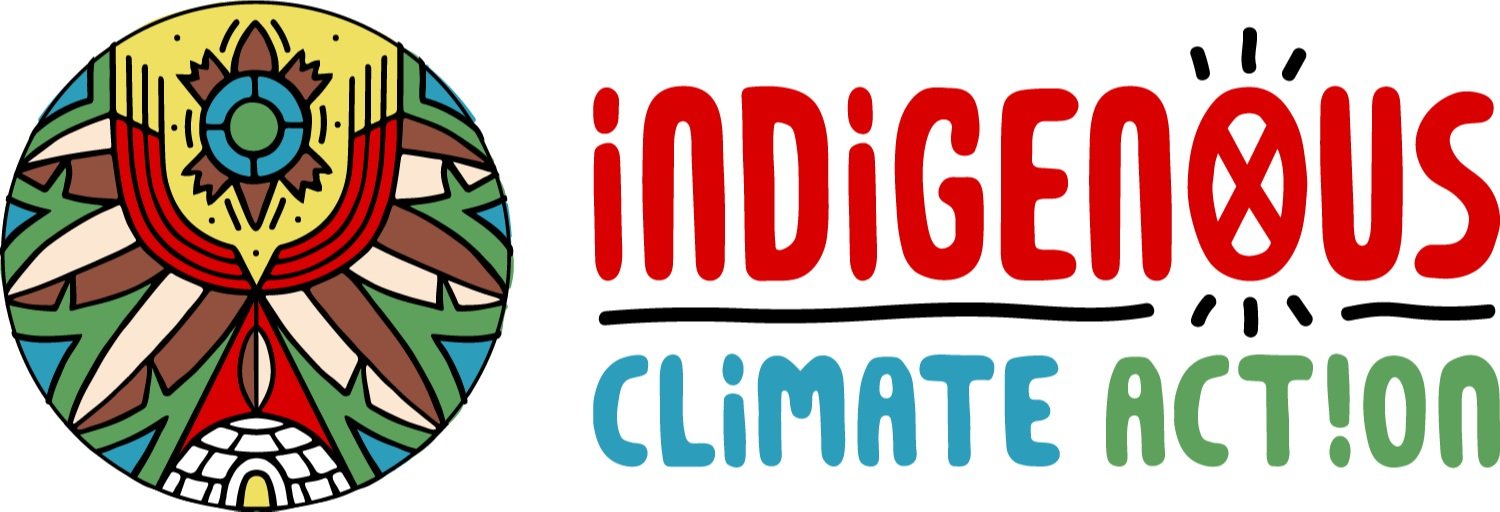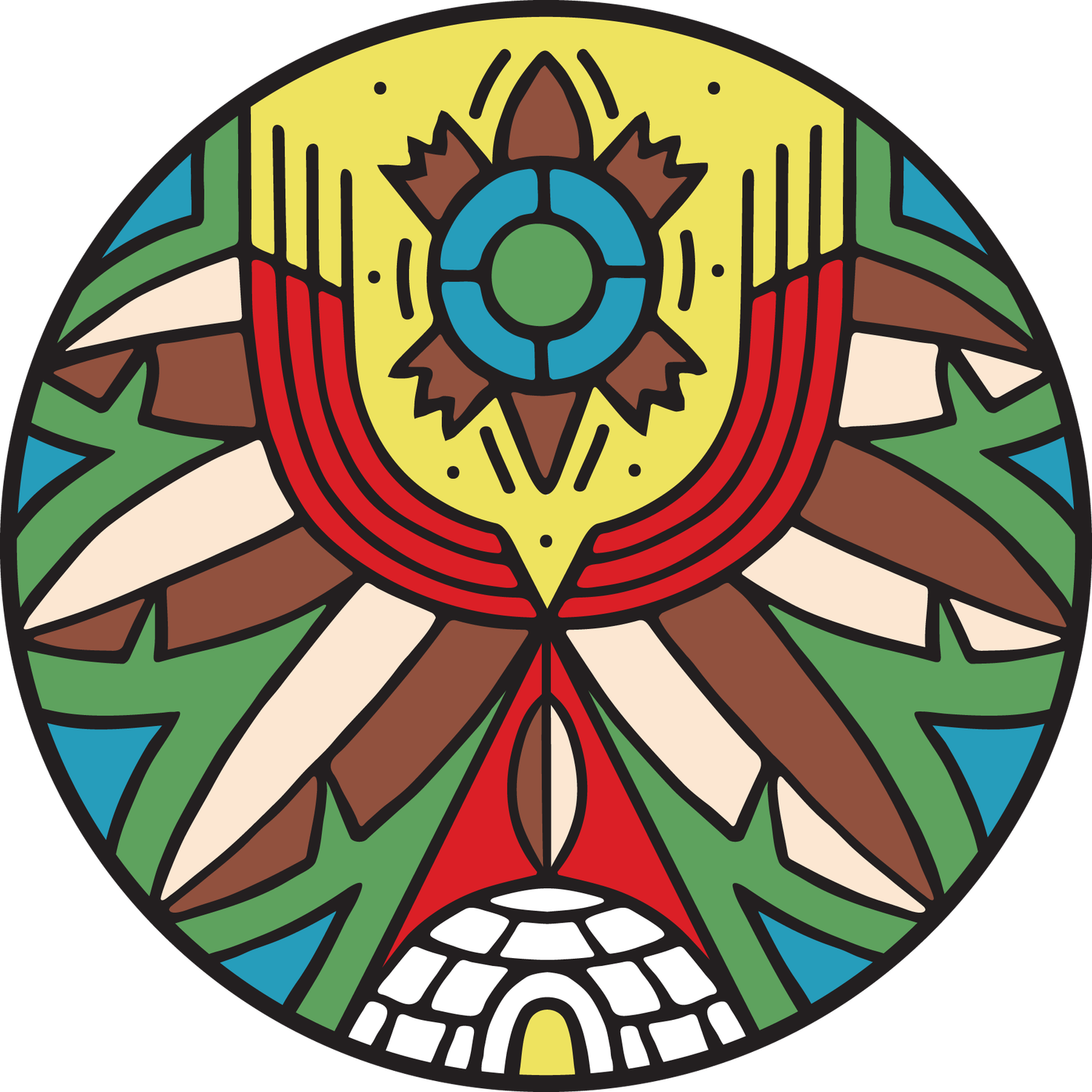Extreme weather events signal end times for colonial systems; Land Defenders hold the solutions. All out in support of Wedzin Kwa!
It’s been barely one week since our delegation has been home from COP26 with many of us still recovering from physical and emotional fatigue from keeping the pressure on World Leaders to respect our rights and knowledge as Indigenous Peoples within their policies for climate solutions. At a time when we should be resting and preparing for the new season, residents in so-called Canada are hit with yet another extreme weather event that is destroying our homes and impacting the health of our communities.
Image of the Malahat highway on Vancouver Island; extreme flooding pours over the highway and destabilizes the side of the mountain on which the highway was built (image source).
The west is experiencing unrelenting rainfall that washed out roads, trails, city streets, cars, homes, and caused instability of our beautiful trademark rocky cliffs (pictured above). The territories of the Matsqui First Nation and Semá:th of Stό:lō Nation (Abbotsford), as well as so-called Merrit and Princeton have been evacuated. Musqueam, Squamish, and Tsleil-Waututh territory (Vancouver) and surrounding areas have been cut off from travel routes so people attempting to come west must take lengthy and expensive detours (such as driving across the USA/Canada border) to bring life-saving supplies and basic necessities to communities.
There is a tragic irony about seeing the tops of homes peeking out from deep rushing water, and grocery store shelves sitting bare. COP26 was marketed as the most important event of our lifetime to determine how we, as humans from all across Mother Earth, can come together to make the necessary changes to avoid further catastrophe. The hypocritical institution of COP26 was frustrating while we were there, but now, it’s enraging. We’re watching our communities be damaged month after month because of the low promises from global leaders, and the ongoing enabling of business as usual for the drivers of climate chaos.
It is well-known that Indigenous Peoples all across the world are impacted the most by climate chaos, and yet, we are the least responsible. Our communities make up less than 6% of the world's population, and yet Indigenous Peoples protect 80% of global biodiversity. We have always fought extractive industries that continue to invade our land for capitalist ventures, like fossil fuel extraction, pipeline expansion, and old growth logging––all of which cause and exacerbate climate change.
We, Indigenous peoples, already know the answer: End extractive expansions and get them off Indigenous lands! Listen to and make space for Indigenous Peoples who know how to steward this land! Respect Indigenous rights and sovereignty so we can build a future that is sustainable and just for all beings!
As explained in ICA’s Decolonizing Climate Policy report, “Indigenous worldviews that centre interdependence, reciprocity, and respect offer alternatives and act as a counterforce and antidote to the extractivist worldviews that are driving the climate crisis” (p. 8-9).
We are not strangers to adverse weather conditions. The First Peoples of the west have endured wet, boggy land for millennia, but what is occurring now is unprecedented. It is exactly why land and water defenders have been resisting the infrastructure of colonization, while governments and corporations continue to chase the temporary “economic boost” that extractive industries may bring.
Evacuation of a family, including children, on Stó:lō territories in so-called Abbotsford. A car is mostly submerged in front of them. (image source)
Semá:th Lake, also known as Sumas Lake on Stó:lō territories, is a glaring example of the destruction of colonial endeavors. Around 100 years ago, European settlers pumped all of the water out of the lake to gain access to the land for farming purposes, despite the use of the lake by the Semá:th Peoples who have lived there sustainability for millennia.
As reported by the Fraser Valley Current, “The engineers created a series of drainage ditches, dredged what we now know as the Vedder Canal to reroute the Chilliwack River, and constructed a large pump station to lift water up and into the Sumas River. That river joined with the Vedder shortly after the pump station, and from there the waters flowed north into the Fraser. The system was a boon for farmers, but devastated local First Nations.”
This story is one of many at the heart of colonization and the mentality of white supremacy. And if we want to survive the next century, it has to end.
According to ICA’s Decolonizing Climate Policy report, “Addressing the climate crisis will require the transformation and undoing of colonial relations and structures in Canada. This will require a deep and broad relinquishment of power from settler colonial structures and systems to ensure meaningful co-creation of climate policy that is rooted in Indigenous self-determination. It is clear that mainstream worldviews and economies are not equipped to lead the transformative change away from colonial, capitalist extractive economies, but Indigenous communities are.”
And yet as the climate crisis surges, colonial forces continue to push for expansion of dangerous infrastructure. As we are writing this blog, the RCMP is undertaking a siege on the land defenders on Wet'suwet'en Territories and the Wedzin Kwa, attempting to push through a pipeline for more fossil fuels. We know that land defence is essential to protect against the insatiable desire of the extractive economy; the resistance must continue. Now, more than ever, we need allies to stand with land defenders, water protectors, and all of us advocating for Indigenous rights and sovereignty within climate action.
All out in support of Wedzin Kwa!
Indigenous Climate Action’s Youth Engagement Lead, ShayLynn Sampson, speaking from her home territories along the Wedzin Kwa, where the RCMP and Coastal Gas Link are seeking to expand a natural gas pipeline. Visit yintahaccess.com for ongoing updates.




